What are the characteristics of living organisms?
Movement, respiration, sensitivity, growth, reproduction, excretion and nutrition.
This can be remembered with the acronym MRS GREN, as well as RINGER ('I' for irritability).
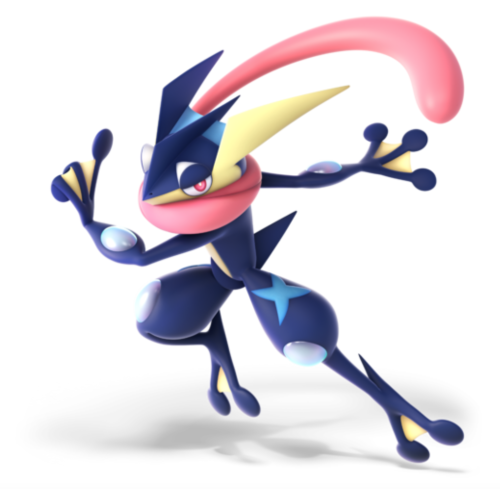
What is movement?
Movement is an action by an organism or part of an organism causing a change of position or place.
What is respiration?
Respiration is the chemical reactions in cells that break down nutrient molecules and release energy for metabolism.
What is sensitivity?
Sensitivity is the ability to detect or sense stimuli in the internal or external environment and to make appropriate responses.
What is growth?
Growth is a permanent increase in size and dry mass by an increase in cell number or cell size or both.
What is reproduction?
Reproduction is the processes that make more of the same kind of organism.
What is excretion?
Excretion is the removal from organisms of waste products from metabolism, toxic materials, and substances which are in excess of requirements.
What is nutrition?
Nutrition is the taking in of materials for energy, growth and development.
What is classification?
Classification is the grouping of organisms by comparing their similarities and differences.

What is the binomial system?
An internationally agreed system in which the scientific name of an organism is made up of two parts, showing the genus and the species.
Name each part of the hierarchy of classification (Or Linnaean classification system) in the correct order.
Kingdom, phylum, class, order, family, genus, species.
What are the five kingdoms?
Prokaryote, protoctist, plant, fungus and animal.
What is chitin?
One of the substances that makes up cell walls in fungal cells.
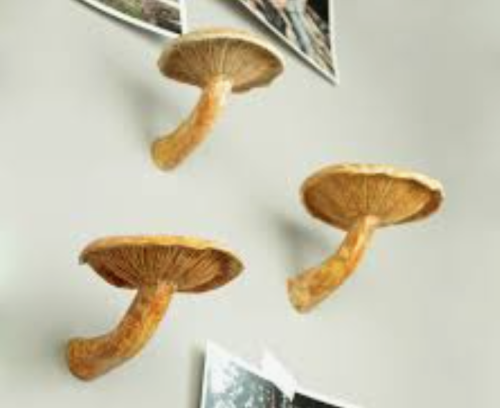
How do fungal cells feed?
By saprophytic or parasitic nutrition.
What are the three main groups of the Plant Kingdom?
Mosses, ferns and seed plants.
What is another name for a flowering plant?
Angiosperm.

There are two major subgroups within the angiosperms. What are they?
Monocotyledons and dicotyledons.
How do you distinguish between monocotyledons and dicotyledons?
Flowers: Flowers from monocotyledons contain petals in multiples of 3, flowers from dicotyledons contain petals in multiples of 4 or 5.
Leaves: Leaves from monocotyledons have parallel leaf veins, leaves from dicotyledons have reticulated leaf veins.
What are the four classes of arthropods?
Insect, arachnid, crustacean and myriapod.
What is the difference between an independent variable and a dependent variable?
An independent variable is the variable we change in an experiment.
A dependent variable is what we measure in an experiment.
What is a difference between vertebrates and invertebrates?
Vertebrates have a backbone, invertebrates do not.
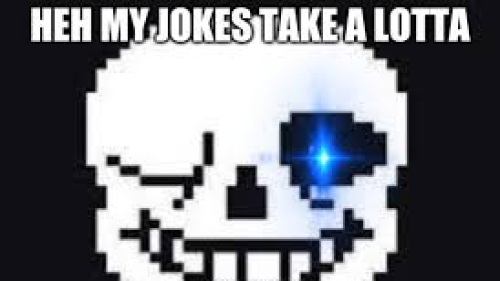
What are the separate bones in the backbone called?
Vertebrae.
What are the five classes of vertebrates?
Fish, amphibian, reptile, bird and mammal.
What is an autotroph?
An organism that can produce its own food.
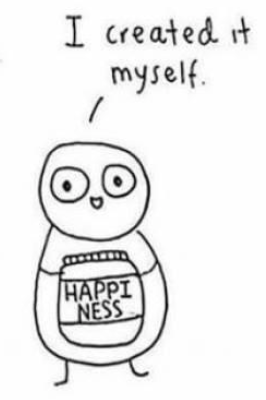
What is a heterotroph?
An organism that eats other plants or animals.
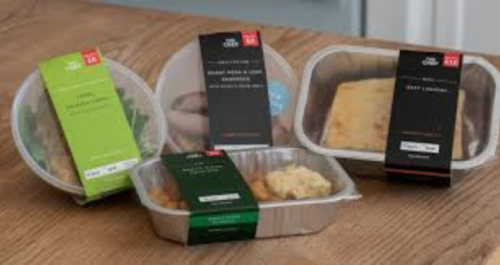
What is a saprotroph?
An organism that feeds on dead and decaying organisms.

If a unicellular organism has a nucleus, is it a protoctist or a prokaryote?
Protoctist.
What is the function of a cell membrane?
Is selectively/partially permeable so controls the substances moving in and out of the cell.
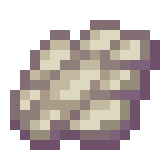
What is the function of cytoplasm?
Most chemical reactions take place within the cytoplasm, and it contains cell organelles.
What is the molecule that makes up the genetic material of cells?
DNA.
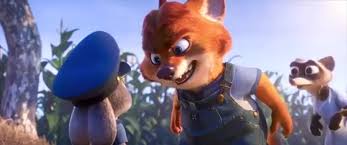
What is the function of ribosomes?
Ribosomes are responsible for synthesis of proteins from amino acids.
What is an enzyme?
Enzymes are proteins that function biological catalysts.
What Kingdoms can contain chloroplasts in their cells?
Plants and protoctists.
Give the singular and plural name for spherical bacteria.
Coccus and cocci.
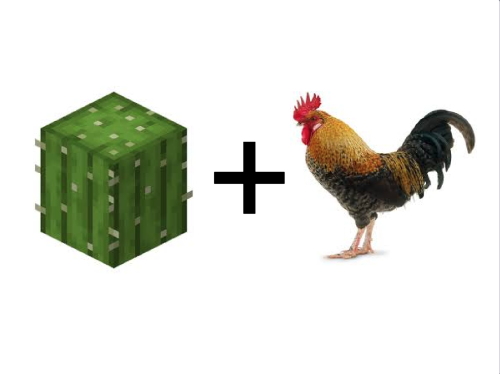
Give the singular and plural name for rod-shaped bacteria.
Bacillus and bacilli.
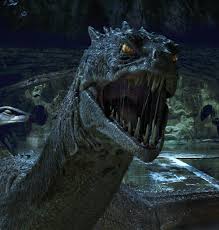
Give the singular and plural name for spiral bacteria.
Spirillum and spirilli.
What is a bacterium?
A single-celled organism that has no true nucleus. It is also a prokaryote.
The cell wall of a bacterium is not made up of cellulose. What is it made up of?
Peptidoglycan.
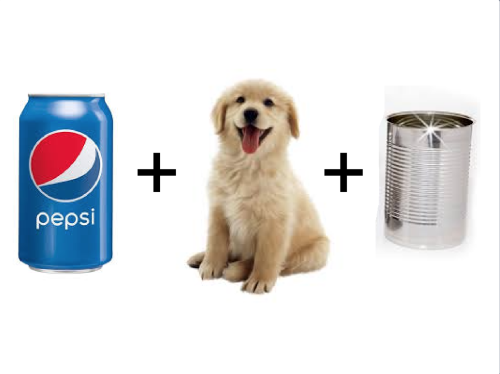
What is the usual structure of the main genetic material in a bacterium?
A single looped strand.
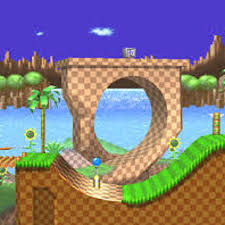
What are mitochondria?
A mitochondrion is the site of most of the reactions involved in aerobic respiration.
What is the usual structure of the genetic material in a virus?
A single strand.
What protects the nucleic acid in viruses?
Protein coat.
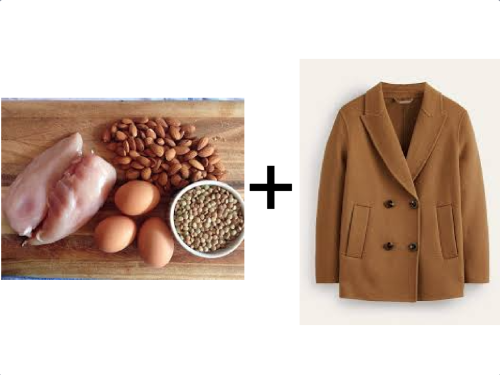
What is a nucleus?
Contains the genetic material which controls the activities of a cell.
What are the five main structures of an animal cell?
Cell membrane, cytoplasm, nucleus, mitochondria and ribosomes.
What are the three structures in plant cells that animal cells do not have?
Cell wall made from cellulose, chloroplasts and a permanent vacuole.
What does the cell wall in a plant cell do?
Prevents cells from bursting, and it's freely permeable.
What do chloroplasts do in a plant cell?
Chloroplasts contain the green pigment chlorophyll to absorb light energy and carry out photosynthesis.
What does the permanent vacuole do in a plant cell?
It contains mineral ions and sugars, as well as keeping the cell more firm.
What is the equation for finding the magnification?
Magnification = Measured length ÷ Actual length
What is the equation for finding the actual length?
Actual length = Measured length ÷ Magnification
What are the two names for stored carbohydrates in plant and animal cells?
Starch and glycogen.
Ribosomes can be free within the cytoplasm or attached to a system of membranes within the cell known as...?
Rough endoplasmic reticulum.
How many micrometres are in a millimetre?
1000.
What is a cell?
The smallest basic unit of an organism.
What is a tissue?
A group of cells with similar structures working together to perform a shared function.
What is an organ?
A structure made up of a group of tissues working together to perform a specific function.
What is an organ system?
A group of organs with related functions working together to perform a body function.
What is an organism?
A living thing that has an organised structure, can react to stimuli, reproduce, grow, adapt and maintain homeostasis.
What is the function of plasmids in bacterial cells?
They contain genes that carry genetic information to help the processes of survival and reproduction of the bacterium.
What does the waxy cuticle do in a leaf, and where is it located?
It's a waterproof covering over the upper and lower epidermis, it reduces water loss.
What does the palisade mesophyll layer do in a leaf, and where is it located?
It absorbs sunlight for photosynthesis and it's just under the upper epidermis.
What does the spongy mesophyll layer do in a leaf, and where is it located?
Allows diffusion of gases and is just above the lower epidermis.
What are stomata?
Stomata are gaps in the lower epidermis of leaves that facilitate the diffusion of gases in and out of the leaf. Guard cells can open and close the stomata.
What do the xylem and phloem vessels do?
Xylem vessels transport water and mineral salts from the roots up to other parts of the plant.
Phloem vessels transport sucrose and amino acids from the leaves and other parts of the plant.





